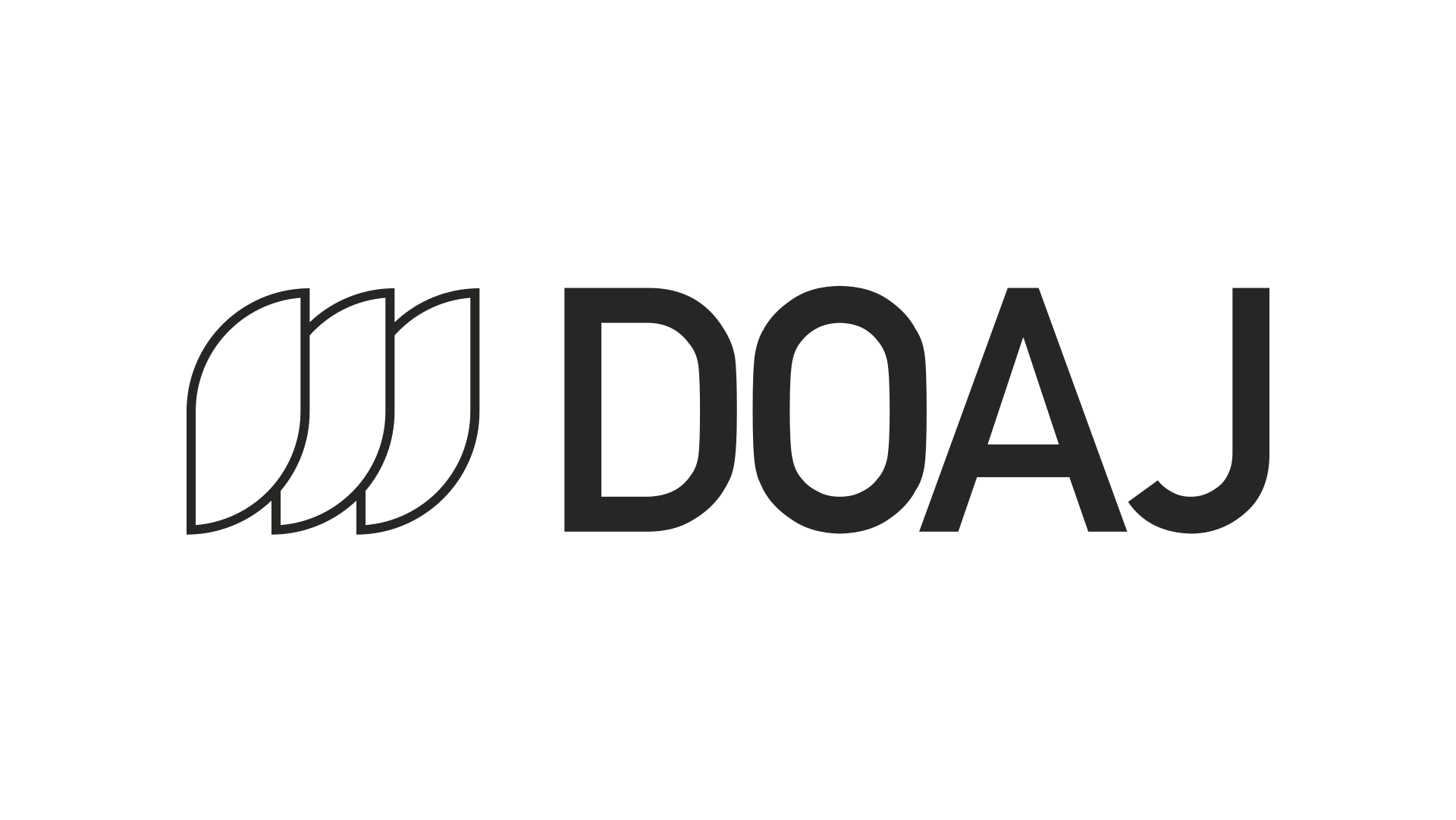At DOAJ, we are dedicated to upholding trust in scholarly publishing by ensuring that questionable journals are not included in our directory. Our quality team is central to this effort, conducting in-depth investigations into cases of concern. In 2024 alone, the team dedicated more than 830 hours on over 470 investigations. In this second post, our Deputy Head of Editorial for Quality, Cenyu Shen, and our Managing Editor and member of the Quality Team, Paula Marjamäki, look at some of the trends they see while preserving the high levels of quality in the Directory expected of us by the community.
(This is Part Two of a two-part blog post. Part One is available here.)
This post expands on the earlier introduction of DOAJ’s quality team, who are responsible for carrying out investigations into suspected cases of questionable or predatory practices, and their work by analyzing 1,394 previous investigations since 2021, with a focus on those resulting in embargoes of one year or more. Several key trends have emerged from this analysis.
The number of investigations and time spent on investigations by our quality team have continued to rise between 2021 and 2024.
A significant development is that, compared to 2021, the total hours dedicated to investigations have increased by nearly 30% in 2024, while the number of cases investigated has risen by 40% (See Figure 1).
Our investigations span across publishers from a diverse range of countries.
When analyzing the number of investigations by country, the investigation-to-application ratios for countries with more than five cases are generally low. There is no clear pattern in terms of publishers from certain countries being more likely to be investigated.
Our investigations span across publishers from a diverse range of countries. However, we have noticed that India and Indonesia have a relatively higher rate of investigations compared to other countries. To support local journals from these countries, our Ambassadors work with editors through workshops and webinars to help them improve the standards and quality of their journals. They also work to foster stronger networks and partnerships with local education authorities, encouraging the adoption of DOAJ criteria in the journal assessment.
A steady increase in the number of journals/publishers with embargoes of one year or more is observed from 2022 to 2024.
This consistent growth since 2022 can be attributed to our intensified efforts to investigate suspicious journals and the implementation of improved methods for identifying them. This includes, for instance, incorporating more rigorous quality checks at the early stages of our editorial review process.
The questionable practices of those publishers are evolving over time.
We selected approximately 26% of publishers embargoed for one year or more and then considered the time required for data collection and analysis. This analysis has revealed that the following practices have become increasingly prevalent and significant in journals and among publishers throughout our investigations:
- Various quality issues related to the journal’s editorial boards, such as unverifiable credentials
- Unclear or unreliable key information displayed on the website
In contrast, some previously more common and easily identifiable practices have become less prominent, such as:
- Extremely short publication times
- Poorly designed websites
- Misrepresentation of indexing status
This suggests that those publishers who intentionally mislead users for commercial gain have adapted their tactics over time to evade easy detection. These changes highlight the increasing complexity of investigations handled by the quality team, alongside emerging challenges such as the potential use of artificial intelligence by such publishers to quickly produce polished policies, statements, and other materials that make them appear legitimate. Tackling these challenges requires enhanced investment in our investigative efforts. Moving forward, we are dedicated to adapting and refining our evaluation methods to keep pace with the dynamic and changing landscape of questionable publishing practices.
